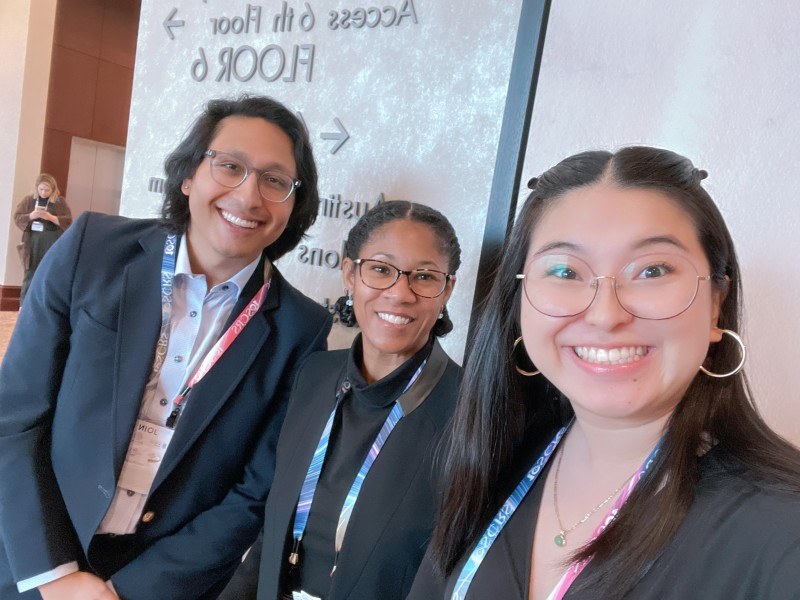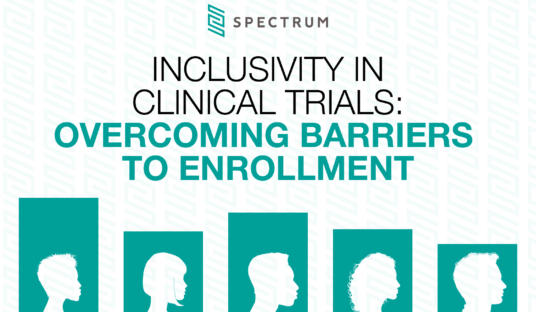
This was my first attendance at the Society for Clinical Research Sites (SCRS) Diversity Solutions Summit, and I will preface my thoughts by saying that I will attend again. The conference was well attended by sponsors, sites, service providers, and thought leaders. There were panel discussions and breakout sessions that unapologetically highlighted the difficulties in capturing diversity in clinical trials, including the cost, logistics, and impact of doing so. There were several themes that approached this large problem with finesse, yet I am going to focus on those that resonated with me most deeply.
Patient Recruitment
Despite the FDA’s safe and cautious rollout of diversity guidelines void of accountability, 46% of trial sites have not implemented diversity-related plans and procedures to support the regulatory guidance or laws. A ray of hope exists in that 39% of sites have implemented diversity-related plans and had plans in place prior to the FDA’s most recent diversity guidance announcement. Finally, 15% of sites have not yet put diversity plans in place but intend to. Interestingly, when queried on whether sites felt that they had the support to meet the guidance and subsequent requirements from sponsors and CROs, 46% of respondents voted no, they do not have the support, while 23% of respondents voted yes, they have support, and 15% voted maybe. These data illuminate the reality that many sites do not have the infrastructure, resources, staff, or community reach to adhere to the diversity guidelines placed upon them.
The reason and science behind the importance of diversity in patient recruitment (and retention) was further highlighted by Owen Garrick, MD, Chief Medical Officer, Clinical Trial Services at CVS Health Clinical Trial Services, who explained the increased use of biologics and implementation of -omics technologies for precision and personalized treatments that are impacted by differences in genetic variants, which, historically, have been understudied due to lack of ethnic diversity.
Sponsors and trial sites came together to discuss what solutions have been effective and what could be improved upon. The consensus was to begin implementing diversity plans early. Community outreach activities should begin long before there is a study to focus on. Feedback loops incorporated into community outreach planning are most beneficial when started early; poor timing leads to lower success rates when it is time to recruit for a study.
Technology Based Solutions for Patient Recruitment
Automation, machine learning, artificial intelligence (AI), and other technical solutions had a strong presence at this conference, and I was thrilled to see it. While technology is not a “catch-all” or “one-size-fits-all” solution that solves diversity issues in clinical research, it is certainly a catalyst for change and the momentum to move the needle. When asked whether plans were in place or being made to use technology-based solutions to find diverse patients, 37% of respondents voted no but are open to using them or planning to use them in the future. Unfortunately, 24% of respondents voted no, and there are no plans in place now or in the future to use them. Nineteen percent of respondents voted yes and find the technology solutions in place helpful for enrollment effort. I was intrigued to learn that 20% of respondents are using or have used technology solutions but did not find them helpful in enrollment efforts. One reason for this that I have seen during my career may be due to the implementation of solutions that are not bespoke or site specific. Additionally, implementation of technologies without the voices of individuals seeking care are doomed to be problematic; however, the frequency of this occurrence has not decreased. In fact, one panelist was excited to voice the use of AI to “create” images of the desired diverse demographic for use in marketing materials. The panelist went on to happily describe how real it looked. While not malicious, this shockingly tone-deaf comment was met with more head nods than I liked.
For the reader here, one central difficulty in recruiting diverse populations is the lack of trust. Using AI to pretend you have the support and inclusion of a community you created on a computer is as inauthentic and distrustful as it sounds, and while it may solve an immediate marketing material problem, in its place are additional trust and culturally sensitive problems. User acceptance is critical to make sure those whom the technology is meant for are being considered in its development and implementation. This should not be a shortcut.
Unintentional exclusion and bias were additional topics I found meaningful. Karri Venn, R.D., COO of Centricity Research used the term “digital exclusion,” which describes the unintentional ways technology can exclude the very populations stakeholders are trying to help. For example, cards used for reimbursement of time for participation in a study may be easier for the site regarding accounting, but many participants want and prefer cash stipends for several reasons.
Diversifying the Clinical Trial Workforce
I was very impressed to learn of Merck’s flagship program to engage and excite students in high school and college about the field of clinical research, through a mentorship program. Adrelia Allen, Pharm.D., PMP, Sr. Director, Clinical Trials Patient Diversity, Merck explained the success that she and her team have had with this program and showing that representation matters in this field. Recruiting young and early career clinical trial enthusiasts can measurably impact the improvement of diversifying the clinical trial workforce in years to come.
Final Thoughts
Diversity, equity, and inclusion efforts take the work of many individuals across multiple disciplines to be successful. As Nader Daoud, Senior Manager, Clinical Trial Diversity & Inclusion at Moderna stated, “Diversity is not a zero-sum game.” One site being more diverse than another does not negatively impact the less diverse site but instead serves as an opportunity to share knowledge on successes between sites and sponsors. Stakeholders must continue to strive to include the individuals impacted by the technology, the study, the drug, and the drug interaction in their diversity planning efforts.
The #SCRS2023 Diversity Site Solutions Summit was a great conference, with topics of utmost importance in clinical research, coupled with suggestions and actions that can be taken by stakeholders in this industry. I am looking forward to the next one!
This article was orginally published on LinkedIn by Dr. Tania M. Martin-Mercado, M.S., M.P.H., SVP, Clinical Trial Recruitment, Product Lead.
Perspectives

Clinical Trial Experience
Inclusivity in Clinical Trials: Overcoming Barriers to Enrollment

Clinical Trial Experience
FDA Additions to Informed Consent – Will they help improve participant engagement?

Clinical Trial Experience
The Power of Patients as Partners 2023 Conference: Turning Insights into Action

Clinical Trial Experience
Clinical Trial Recruitment: Building a system that works for patients





